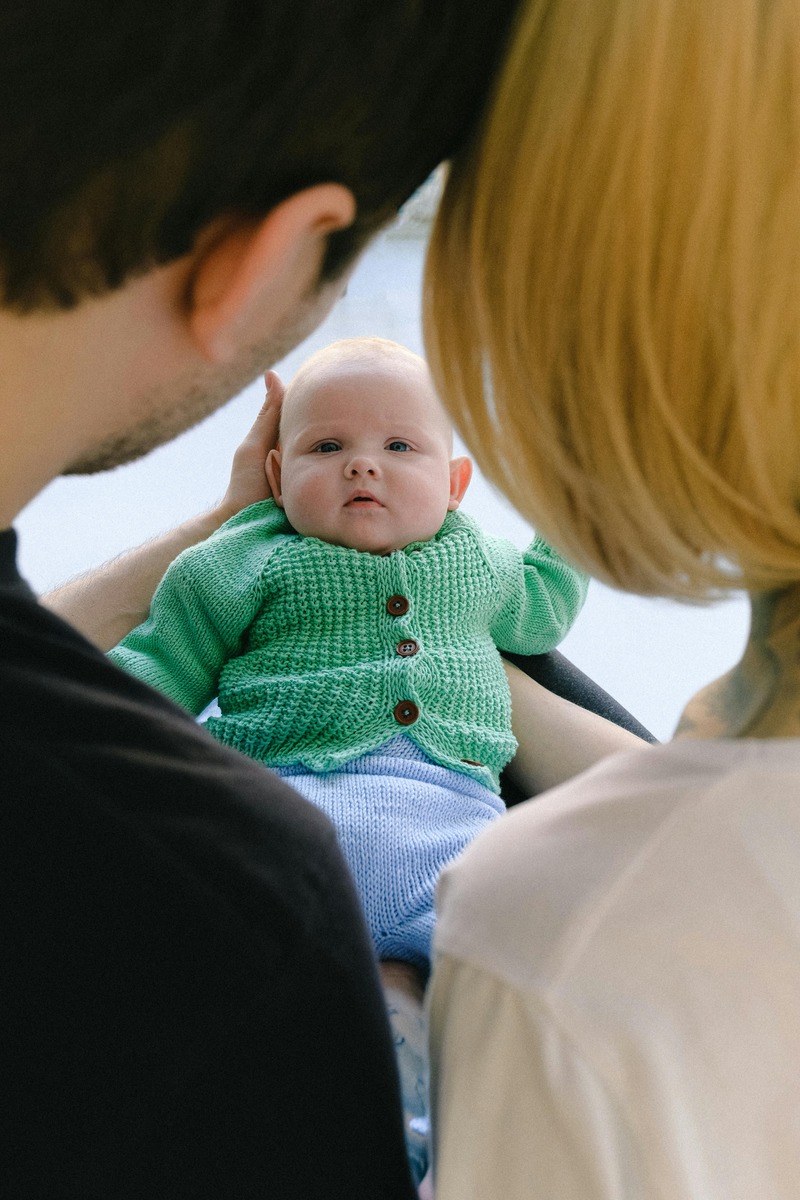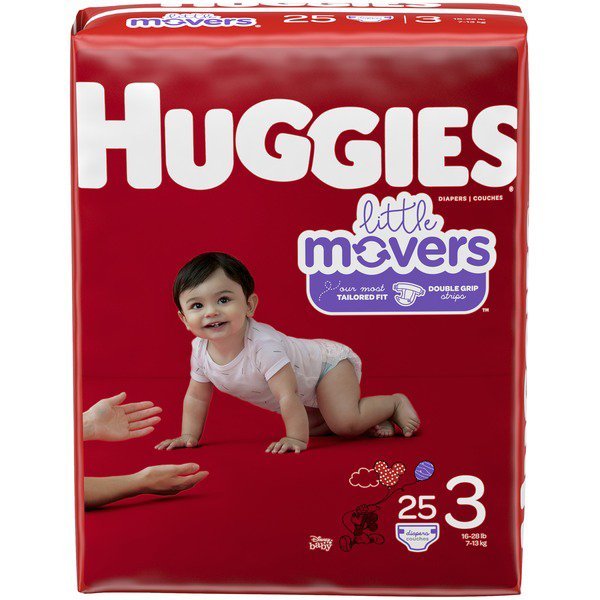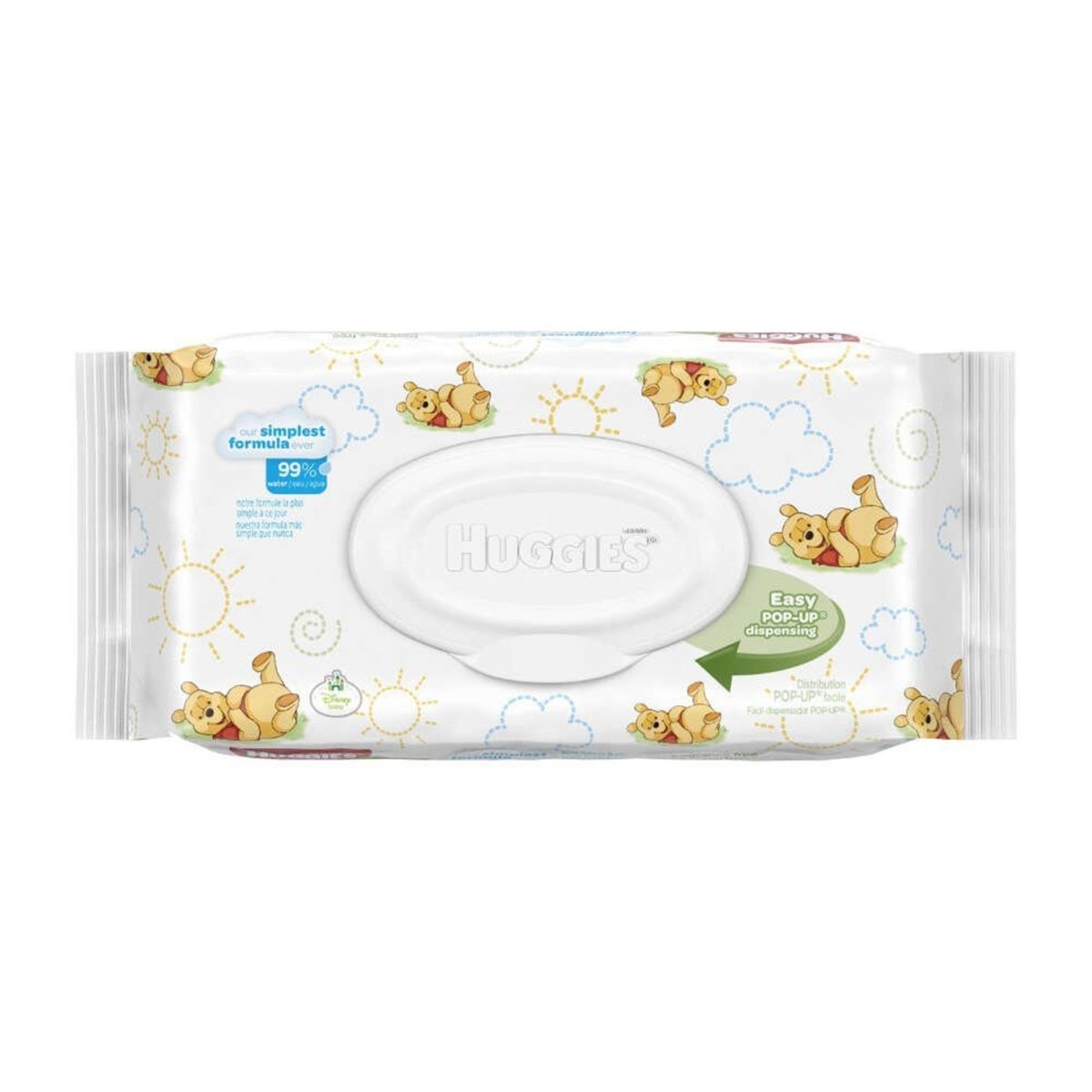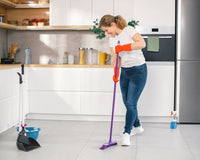Welcome to the world of eco-friendly diapering, where comfort meets sustainability! Understanding diaper sizes is essential to ensure that your baby stays comfortable, dry, and rash-free. Unlike traditional diapers, Diapers come in specific sizes that are designed to provide a snug, yet gentle fit for infants and toddlers alike. With the right size Diaper, you can prevent leaks and blowouts, reduce the likelihood of diaper rash, and enjoy greater peace of mind knowing your baby is comfortable.
At Cart Health, we recognize the importance of finding the perfect diaper fit for your little one. That's why we're committed to helping you navigate the various Diaper sizes and ensuring you have all the information you need to make an informed choice. From newborns to toddlers, our selection caters to every stage of your baby's growth. Don't hesitate to Order online here for convenient shopping and doorstep delivery! Join the Cart Health family to experience the difference in quality and service.
Selecting the correct diaper size is not just about comfort; it's about your baby's health and well-being. Diapers that are too tight can cause chafing and discomfort, while those that are too loose can lead to messy leaks. Moreover, choosing the right size contributes to the effectiveness of the eco-friendly design of diapers, ensuring that you're making an environmentally responsible choice without compromising on your baby's needs.
Understanding the Diaper Sizing Chart

When it comes to ensuring a great fit for Diapers, it's all about consulting the sizing chart. The diaper sizing chart is a straightforward guide that helps parents select the appropriate diaper based on their baby's weight and age. The chart is divided into categories that correspond to different stages of a baby's development, ranging from newborns to toddlers weighing up to 34 pounds or more.
The sizing categories typically include:
- Newborn/Small: For babies up to 14 pounds, offering a gentle fit for the smallest infants.
- Medium: Ideal for babies between 13-28 pounds, this range caters to those in the active crawling and early walking stages.
- Large: Designed for toddlers weighing 26-34 pounds, providing the necessary room and absorbency for older, more mobile children.
- X-Large: For toddlers over 34 pounds, ensuring comfort and protection as they continue to grow.
The diaper sizing chart also takes into account the fact that babies come in all shapes and sizes. Therefore, it is important to consider not just weight, but also the build of your baby. Some babies might have chunkier thighs or a rounder tummy, and the adjustable tabs on diapers allow for a customized fit.
It's worthwhile to note that the sizing chart serves as a general guideline. Parents are encouraged to try different sizes if their baby is near the upper or lower end of a weight range, or if they find that their baby's body type is not conforming to the expected fit. Fine-tuning the fit with the adjustable tabs and checking for any gaps or too-tight areas will help ensure that you've chosen the best size for your baby's comfort and leak prevention.
Tips for Measuring Your Baby for Diapers

Accurate measurement is key to finding the perfect diaper size for your baby. Here are some helpful tips for ensuring you get the measurements right:
- Wait for a calm moment when your baby is relaxed and happy. This will make it easier to get accurate measurements without the wriggles and squirms.
- Use a soft measuring tape to measure around your baby's waist and thighs. These are the areas where the diaper will fit, so you want to be sure they're snug but not too tight.
- For the waist, measure around the narrowest part, usually just above the belly button. For the thighs, measure around the fullest part to ensure enough room for movement and comfort.
- Record the measurements in inches as most diaper sizing charts use this unit. If your measuring tape is in another unit, convert the measurements to inches for ease of use.
- Consider the diaper's fit with and without clothing. Some babies wear diapers alone, while others have them on under pants or onesies. The extra fabric can affect the fit, so keep this in mind when measuring.
- Remember that babies grow quickly, and their diaper size may change faster than you expect. Regularly check the fit of the diapers and be prepared to size up if you notice marks on your baby's skin or frequent leaks.
Once you have your baby's measurements, compare them to the diaper sizing chart to find the recommended size. Keep in mind that every baby is unique, and what works for one may not work for another. It's always a good idea to purchase a small number of diapers in the new size to test the fit before investing in a larger quantity.
Comparing Diaper Sizes with Other Brands

When transitioning from another diaper brand to diapers, it's important to understand how the sizing compares. Each brand has its own sizing guide, and there may be slight differences in the fit and design that can affect which size is right for your baby. Here's a guide to help you compare diaper sizes with those of other popular brands:
- Check the weight range specified by each brand. Diapers often categorize their sizes by the baby's weight, which can be a good starting point for comparison.
- Consider the cut and shape of the diapers. Some brands might offer a wider crotch area or higher waistbands, which can influence the size you need.
- Look for user reviews and feedback. Other parents' experiences can provide valuable insights into how Diapers sizes run in comparison to other brands they have used.
- Understand that the absorbency level may also impact the size. Different brands have various levels of absorbency which might affect the bulkiness of the diaper and thus the size.
- Be aware of potential variations within the same brand. Some brands, including diapers, might have different fits for different lines of products, such as their biodegradable inserts versus cloth inserts.
While we pride ourselves on providing quality diapers that fit snug and comfortable, it's always advisable to refer to the brand's own sizing chart for the most accurate fit. Remember that fit is not just about size—it's also about comfort and preventing leaks. It may take some trial and error to find the perfect size when switching brands, but it's worth the effort to ensure your baby is comfortable, dry, and happy.
Adjusting Diapers for Growth and Comfort

As babies grow, their bodies change rapidly, which can affect the fit of their diapers. Diapers offers a flexible fit that can be adjusted as your baby grows, ensuring both comfort and effectiveness. To adjust diapers for growth and comfort:
- Start by checking the fit around your baby's legs and waist. The diaper should be snug but not too tight, with no gaps that could lead to leaks.
- Use the adjustable waist tabs to tighten or loosen the diaper as needed. This feature is particularly useful during growth spurts when your baby's size may change quickly.
- For babies on the move, make sure the diaper allows for ample mobility. Check that it doesn't sag or bunch up, which could cause discomfort or impede your baby's movement.
- When it comes to absorbency, you might need to adjust the number of inserts you use. As your baby grows, they will produce more liquid waste, so adding extra inserts can help prevent leaks.
- Monitor your baby's skin for any signs of irritation. If you notice any red marks or signs of discomfort, it may be time to adjust the fit or move up to the next size.
Remember, a well-fitting diaper is key to preventing leaks and keeping your baby dry and comfortable. Diapers' design allows for easy adjustments, making it a convenient choice for growing babies. By paying close attention to your baby's needs and making adjustments as they grow, you can provide a comfortable and secure fit at every stage of their development.
Troubleshooting Common Diaper Fit Issues
Order online here for convenient shopping and doorstep delivery! While diapers are designed for comfort and ease of use, occasionally parents may encounter some common fit issues. Addressing these issues promptly ensures that your baby remains comfortable and that the diapers perform effectively. Here are troubleshooting tips for common diaper sizes fit issues:
- If you notice leakage around the legs, check to ensure that the diaper is not too loose and that the leg gussets are tucked in properly. The diaper should fit snugly with no gaps.
- For red marks around the waist or thighs, it usually indicates that the diaper is too tight. Adjust the Velcro tabs or the snap closures for a better fit.
- Difficulty fastening the diaper can occur if the diaper is too small. If the tabs or snaps don't reach comfortably, it may be time to size up.
- When you find the diaper is sagging or bulging, it's often a sign that the absorbent insert is oversaturated, or the diaper is too big. Consider changing the diaper more frequently or adjusting the fit.
By being attentive to how your baby's diaper fits and making the necessary adjustments, you can solve most common issues quickly. Remember, a correct fit not only ensures your baby's comfort but also enhances the diaper's functionality. If you're experiencing persistent issues or if you're unsure about which adjustments to make, don't hesitate to reach out for support. At Cart Health, we're committed to helping you find the right solutions for your baby's needs. Order online here for convenient shopping and doorstep delivery!












